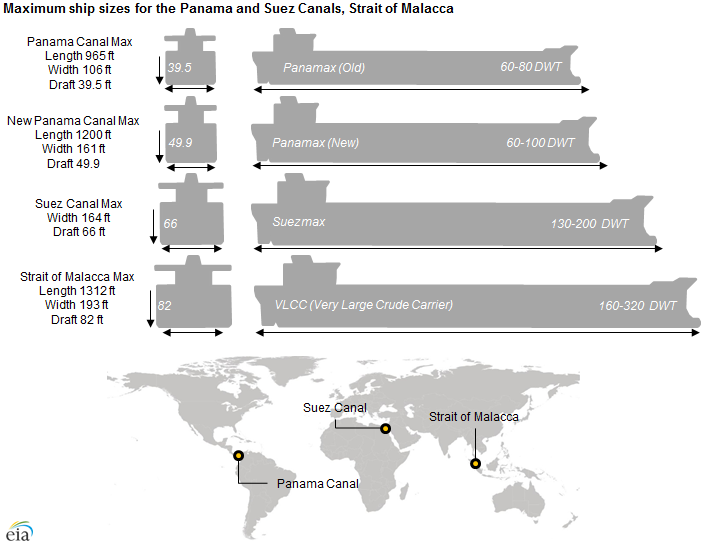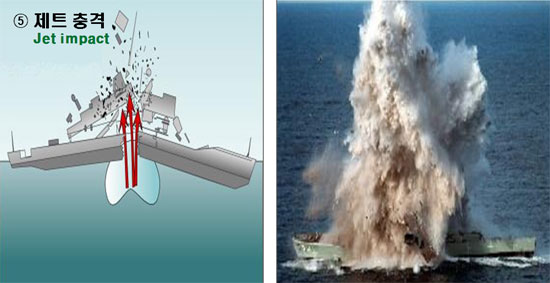Penguin
ELITE MEMBER

- Joined
- Jan 11, 2009
- Messages
- 13,047
- Reaction score
- 56
Look at the way they design the hulls with their bulbous bows and a relatively narrow keel from that bulbous bow just to midship. The area below the waterline is about as minimal as can be for such a massive ship, it's quite impressive. Compare it to the deck's surface area and it's considerably smaller. Add in the overall height and and compare it to the height from the top of the black, water line on down and there is much more above water than below. And because of the ship's deadrise (the angle of the sides from edge of deck or chine if it has one which carriers don't) to keel is quite steep.

Not only are these hulls designed to withstand certain impacts, but look at how little of the hull and keel is actually under the water line. It would take full speed and careless captainship to not follow the state of the art navigation charts and hazard warnings they have at their disposal and make a major mistake and collide with an iceberg. Even if they find themselves in an area with icebergs, they'd proceed with extreme caution at very low speed or avoid that area completely and take the long way around.
With all the miles and miles of cruising that carriers have taken since their inception, I don't recall ever hearing of one being severely impacted by an iceberg. Could be wrong.
Iowa class BB
Length:887 ft 3 in (270.43 m)
Beam: 108 ft 2 in (32.97 m)
Draft: 37 ft 2 in (11.33 m)
Nimitz class CVN
Length:
- Overall: 1,092 feet (332.8 m)
- Waterline: 1,040 feet (317.0 m)
- Overall: 252 ft (76.8 m)
- Waterline: 134 ft (40.8 m)
- Maximum navigational: 37 feet (11.3 m)
- Limit: 41 feet (12.5 m)
Beam to Length o.a.
Iowa 270/33=8.18
Nimitz 333/41=8.12 (waterline: 317/41=7.73)
Regarding width and draft:
Panama canal > it is the size of the locks, specifically the Pedro Miguel Locks, along with the height of the Bridge of the Americas at Balboa, that determine the metrics and limit the size of ships that may use the canal.
Panana canal has 12.6 m draft restrictions within the canal. Hence, note drafts 11 to 11.3m in both cases.
Initially the locks at Gatun were designed to be 28.5 m (94 ft) wide. In 1908, the United States Navy requested that an increased width of at least 36 m (118 ft) to allow the passage of U.S. Naval ships. Eventually a compromise was made and the locks were built 33.53 m (110.0 ft) wide. The 2006 third set of locks project has created larger locks, allowing bigger ships to transit through deeper and wider channels. The allowed dimensions of ships using these locks increased by 25% in length, 51% in beam, and 26% in draft. The new lock chambers are 427 m (1,400 ft) long, 55 m (180 ft) wide, and 18.3 m (60 ft) deep. This allows the transit of vessels with a beam of up to 49 m (160 ft), an overall length of up to 366 m (1,200 ft) and a draft of up to 15 m (49 ft)













